When you’re bored with action-packed scenes and want to dive deep into the mind of your protagonist, maybe you should try a Sequel. In today’s episode, we explore Bickham’s idea of sequel, its parts, and how it glues the scenes together. But we don’t just take Scene & Structure’s word for it, we go looking for sequels in several of our favorite books. Also, along the way, Renee has an existential crisis, but don’t worry, she gets better.
But first, let’s talk about Renee’s AMA…yes, you read that right. Renee did an AMA on Reddit for r/writing where she offered advice on getting an MFA in creative writing and getting work after graduating. Listen to the episode to hear Renee talk about her experience doing an AMA.
The Writing Exercise
A young woman finds out she’s won a coveted scholarship to med school. Write a sequel where, instead of being joyful and making plans to move, she burst into tears and decides to take a job at a local factory instead. Make it believable through emotion, thought, decision and action.
Kim’s sequel is discussed at the end of our episode. Want to try it yourself? We have other writing prompts and helpful hints on our Patreon site.
WTF is a Sequel?
According to Bickham, “it’s the glue that holds scenes together and helps you get from one point to the next.”
You’ll find the text for a sequel after the disaster strikes but before the protagonist is shown to be pursuing their next scene goal, that in-between stuff.
So Sequel is the jam in the cake, that is if books were edible.
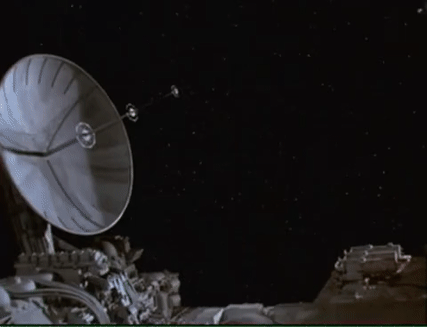
Four Ingredients: Emotion, Thought, Decision, Action
Bickham says this sequence between scenes simulate the reaction process we experience in real life. There are four stages in a sequel (emotion, thought, decision, action). During the episode, Kim and Renee analyze some sequels and discover many books include these elements, but rarely all.
Yes, Dear Writer, the jam (the sequel) contains four ingredients so the tasty scenes will hold together. And yes, Dear Reader, Renee likes to bake (and she writes the show notes) so get your apron and fit your mixer with a paddle attachment because this metaphor isn’t going to bake itself.
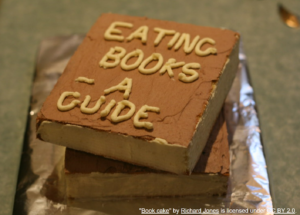
It's All in Your (Protagonist's) Head
Readers want to know how your character ticks, and Sequel gives them the opportunity. Bickham states “sequel is an enormously expanded internalization–so that the dynamic of something happening outside results in something happening inside.” This is one reason readers love to read (and complain about film adaptations). Readers love the experience of getting inside a character’s head, which doesn’t translate well to film.
Mix One Part Emotional Reaction
What’s the first thing that happens when you’re elbows deep in flour and sugar and you’re out of vanilla extract? Full on meltdown, that’s what.
Let’s just say, $#%* happens and we react with emotions and so will your protagonist. Bickham says we can write emotion in the following three ways:
- Describe (Describe the Character’s Feelings)
- Example (Show the Emotion through the Protagonist’s Behavior)
- Discuss (Make the Protagonist Talk about their Feelings with another Character)
I came back online to no vision, no hearing, no ability to move. I couldn’t reach the comm. Not good, Murderbot, not good.
I suddenly got some weird flashes of sensation, all from my organic parts. Air on my face, my arms, through the rips of my suit. On the burning wound on my shoulder. Someone had taken off my helmet and the upper part of my armor. The sensations were only for a second at a time. It was confusing and I wanted to scream. Maybe this was how murderbots died. You lose function, go offline, but parts of you keep working, organic pieces kept alive by fading energy in your power cells.
Then I knew someone was moving me, and I really wanted to scream.
-Martha Welles, All Systems Red (The Murderbot Diaries #1)
To Three Parts Thought
- Review (Ruminate over What just Happened)
- Analyze (Why it Happened)
- Planning (Determine What They’ll Do Next)
The next morning it took him a long, confused minute to figure out where he was. He lay in bed, slowly piercing together his memories of the day before. It was a Friday, and by rights he should be in school now. Instead, he was waking up in an unfamiliar bedroom wearing yesterday’s clothes […]
What exactly had happened last night? What had he done? His memories were all wrong. The events were like a dream.
And this room wasn’t a dream
-Lev Grossman, The Magicians
Sift the Story Goal to make a Decision
…which leads to the Protagonist making plans for the next course of action…
Then Fold in the Action
…which leads to the Protagonist acting on their decision. Usually, once the Protagonist acts, they are starting a scene, complete with a scene goal which ends in a tactical disaster. Here is an example of Decision leading to Action in memoir.
The fourth Saturday morning, Billy Campbell knocks at our door. Mrs. McCourt, can Frankie come out and play? Mam tells him, No, Billy. Frankie is going to his dancing lesson.
He waits for me at the bottom of Barrack Hill….(DECISION) I tell him I’m finished with the dancing, that I have sixpence in my pocket for Mrs. O’Connor…that I’m going to the Lyric Cinema instead. Sixpence will get the two of us in with tuppence left over for two squares of Cleeves’ toffee, and (ACTION) we have a great time looking at Riders of the Purple Sage.
-Frank McCourt, Angela’s Ashes
In our podcast, Kim opined that movies and plays and TV shows rarely use sequels. But, after saying this, we started to think of several examples of onscreen sequels. Like isn’t a musical montage similar to a summary? Or in a musical, aren’t half of the songs about peoples’ feelings or thoughts?
Got some more examples, post them on our Community Forum.
Continuing the Conversation: Literary Theory
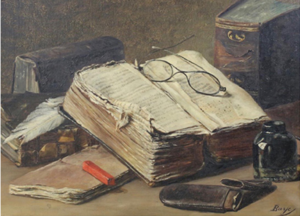
What is Literary Theory? It’s a way of studying, interpreting and analyzing what we read. This tradition goes all the way back to Plato, but became seriously studied in the 1920’s and 30’s (Structuralism and New Criticism) and popularized in the 1950’s. Then college literary departments adopted the discipline in the 60’s. The debate then shifted from not just what students should read, but how students should read literature and whose interpretations were “valid.”
For those of you who didn’t take Lit Theory 101 in college, think of the discipline as a pair of glasses with lenses you can switch in and out depending on how you want to “read” a text. Although people who read for pleasure (a Personal or Reader Lens) to interpret a text, scholars apply other philosophical and social disciplines to analyze literature. Some common literary theories (or lenses) include Historical, Psychological, Marxist, Deconstruction, Post-Colonial, Feminist, Critical Race Theory, and Queer.
Tribute: Frank McCourt
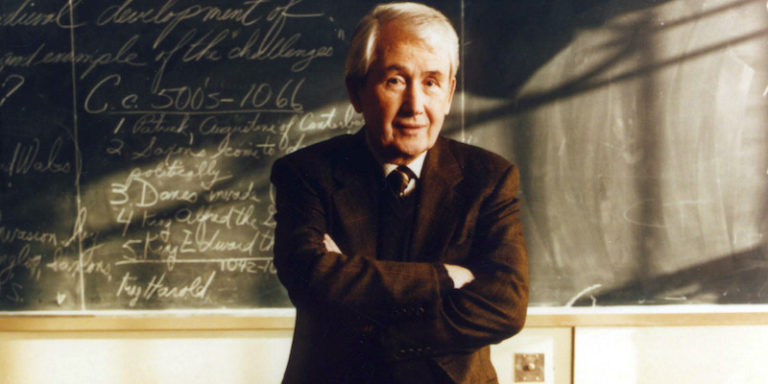
In this episode, Renee applies Bickham’s Sequel guidelines to memoir with Frank McCourt’s Angela’s Ashes. A high school English teacher in New York, McCourt (1930 – 2009) wrote a memoir about his life growing up in poverty in Limerick, Ireland during the Great Depression, which won a Pulitzer Prize and was adapted into film. He also wrote ‘Tis, which continues his journey after the events of Angela’s Ashes, and Teacher Man, recounting stories from his time as a teacher in New York.
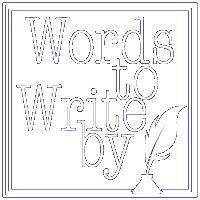

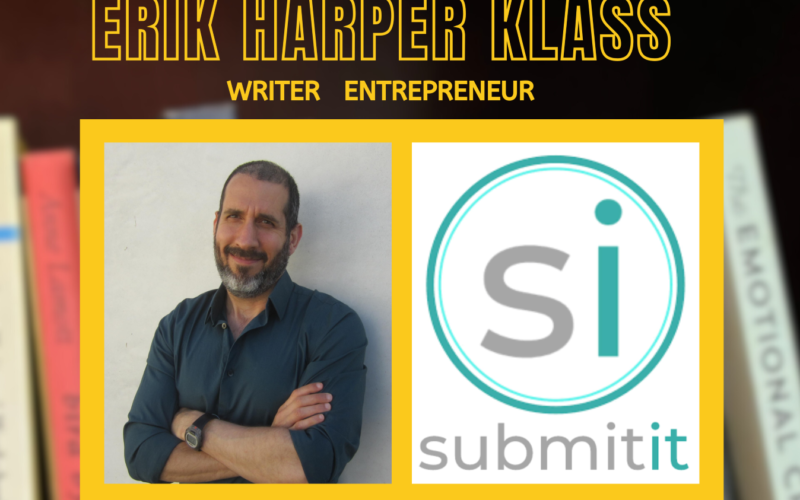
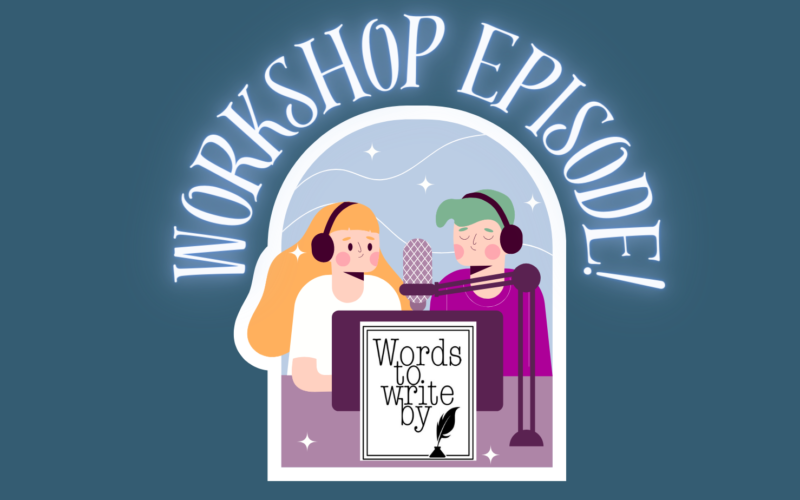
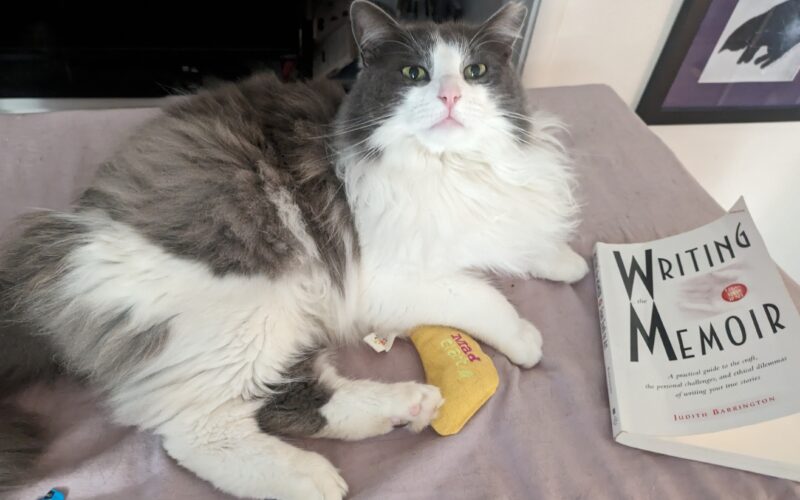
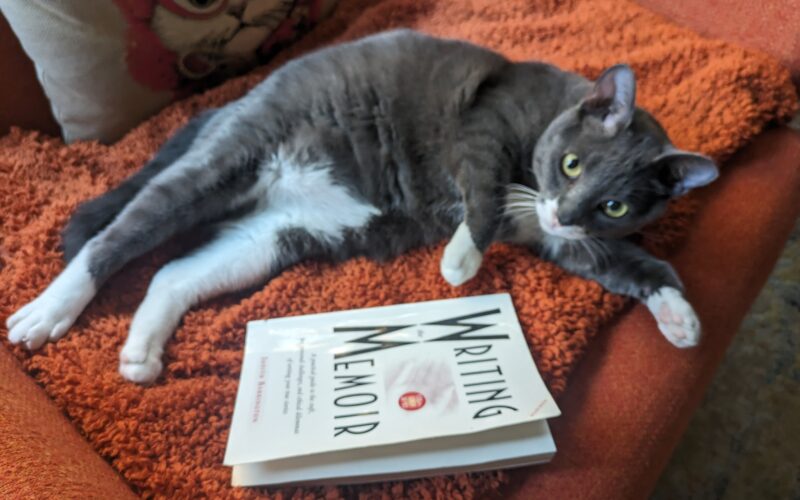
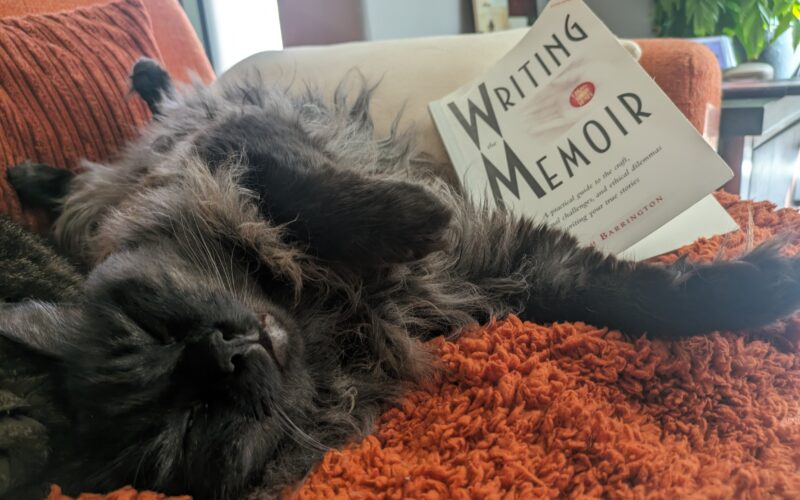
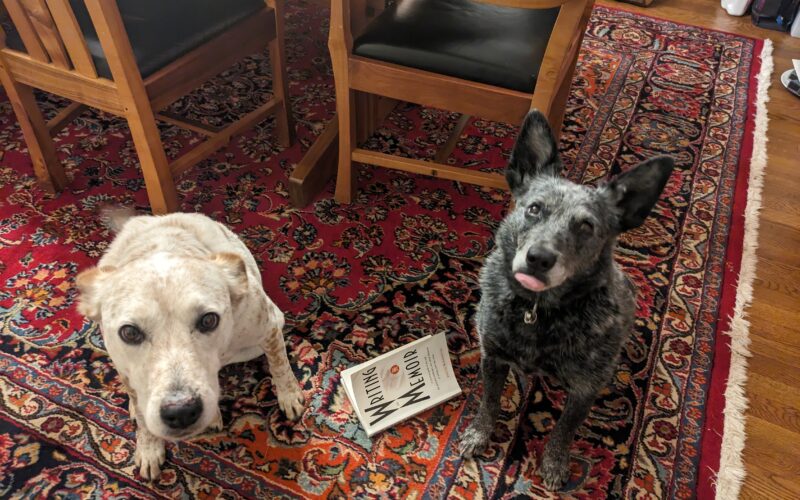
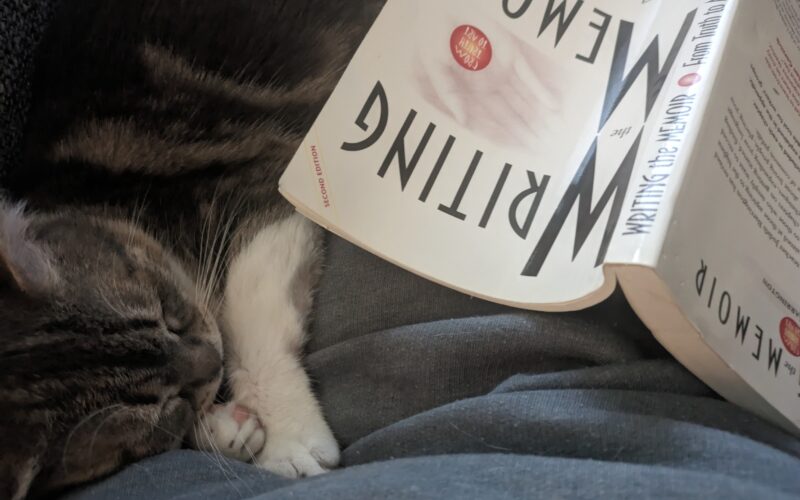
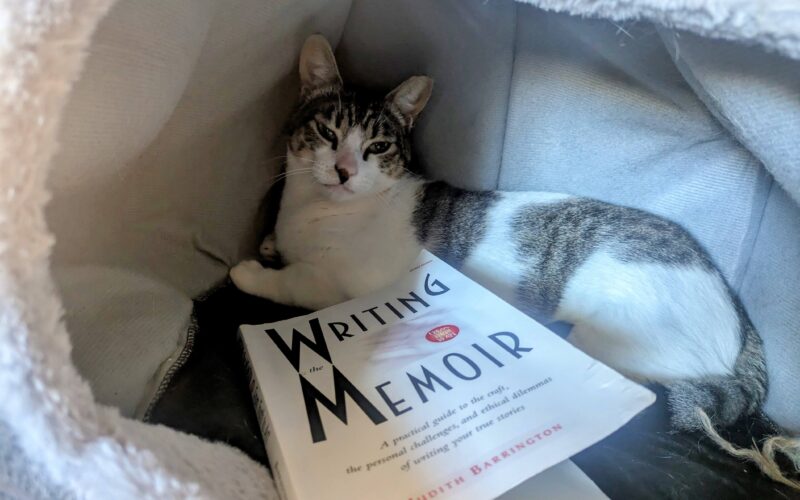
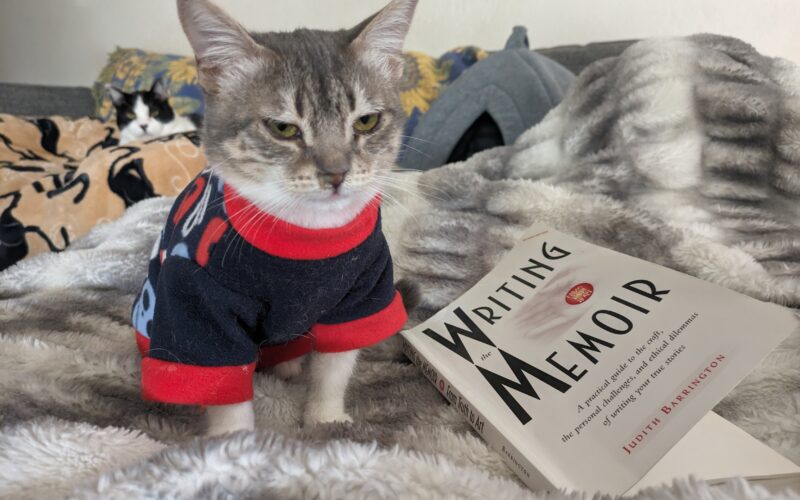
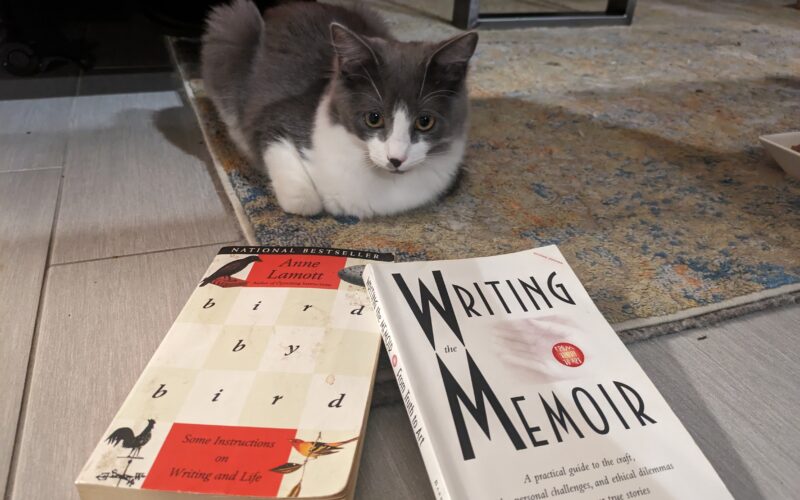
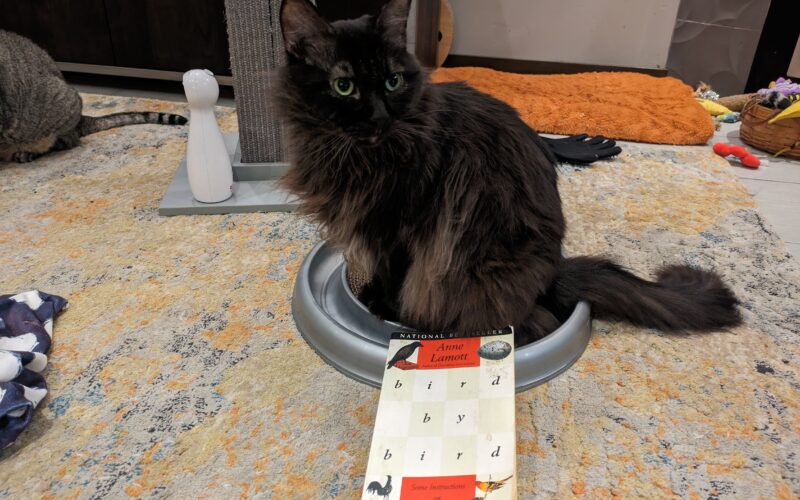
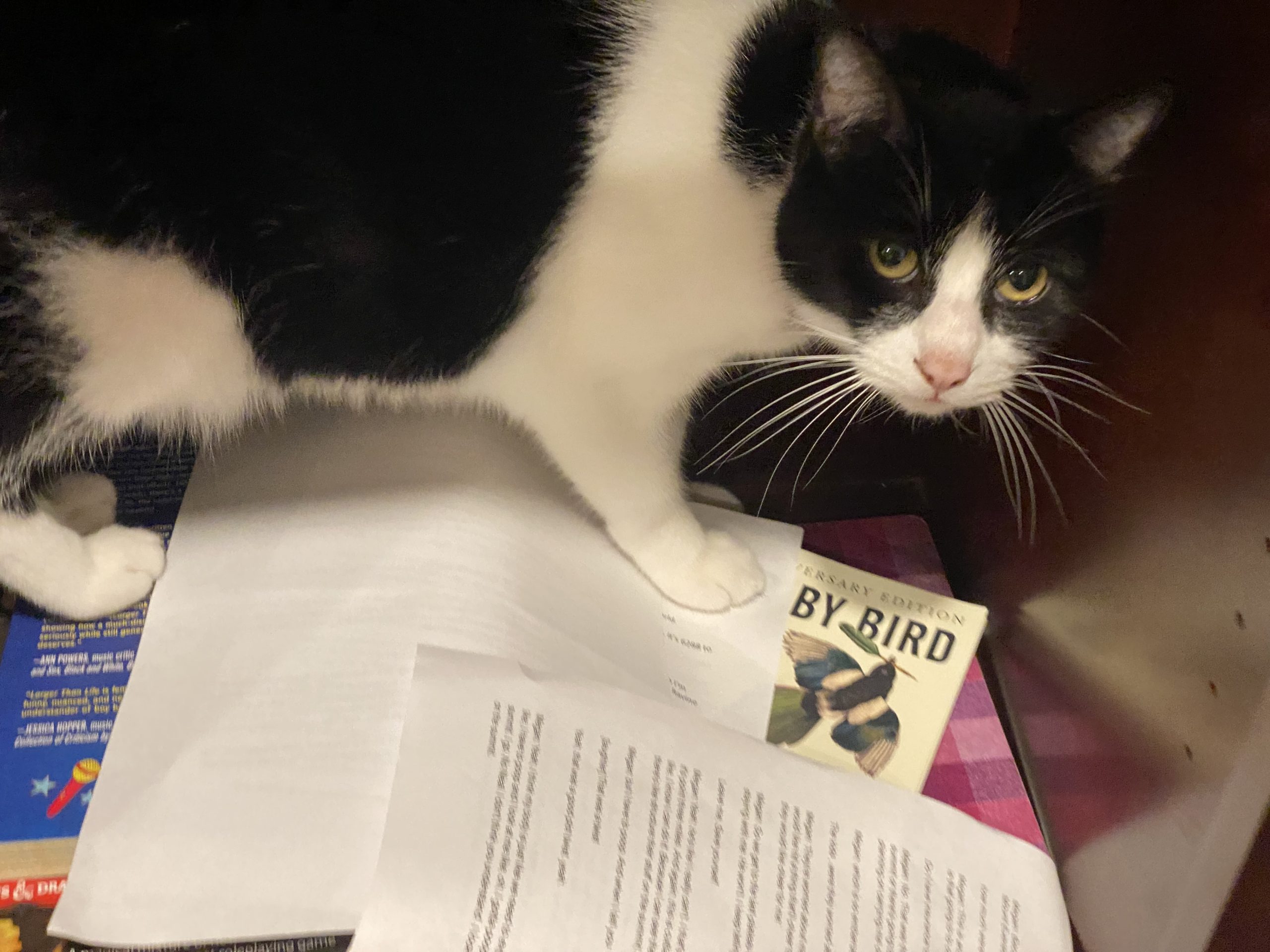
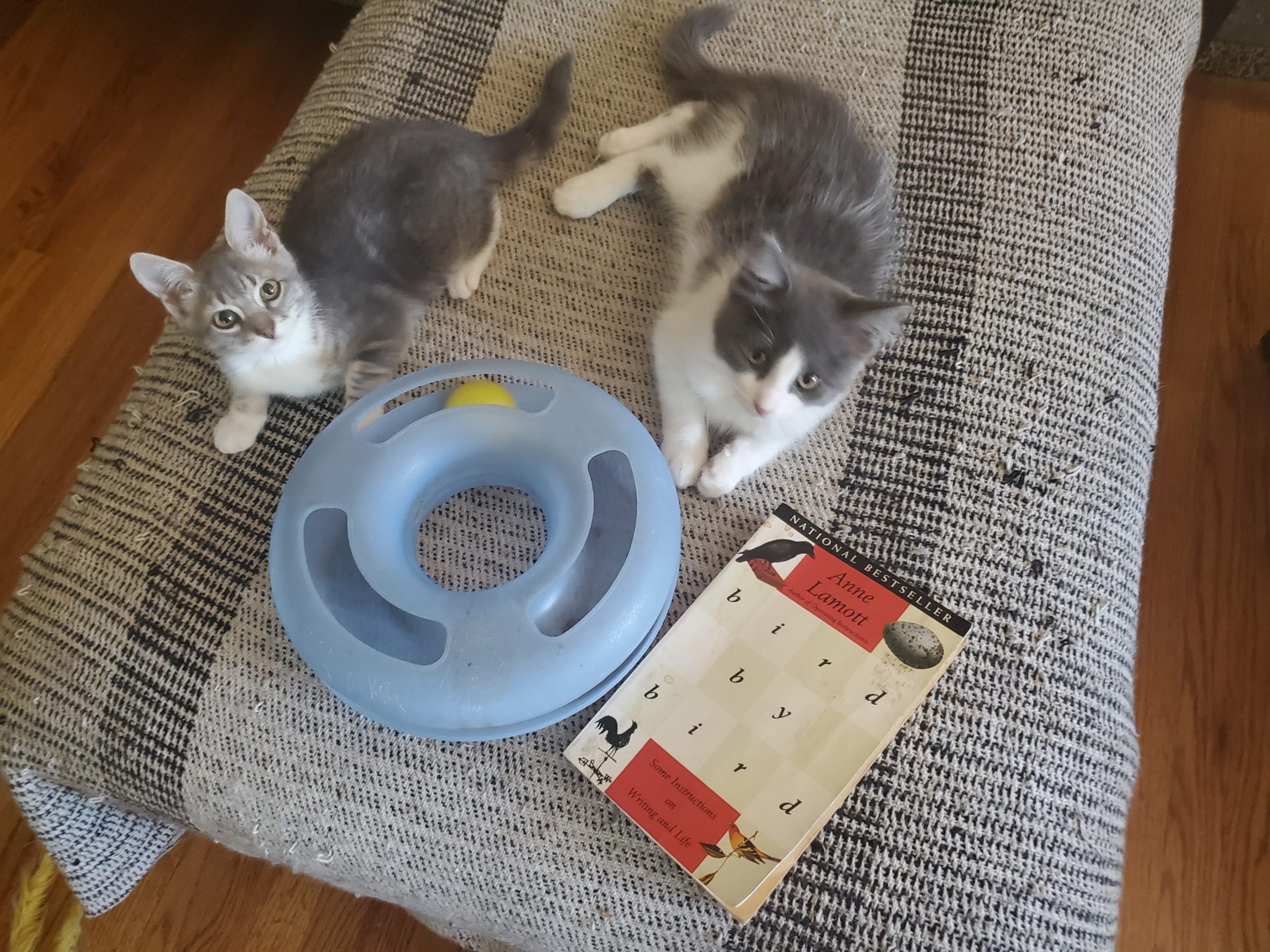
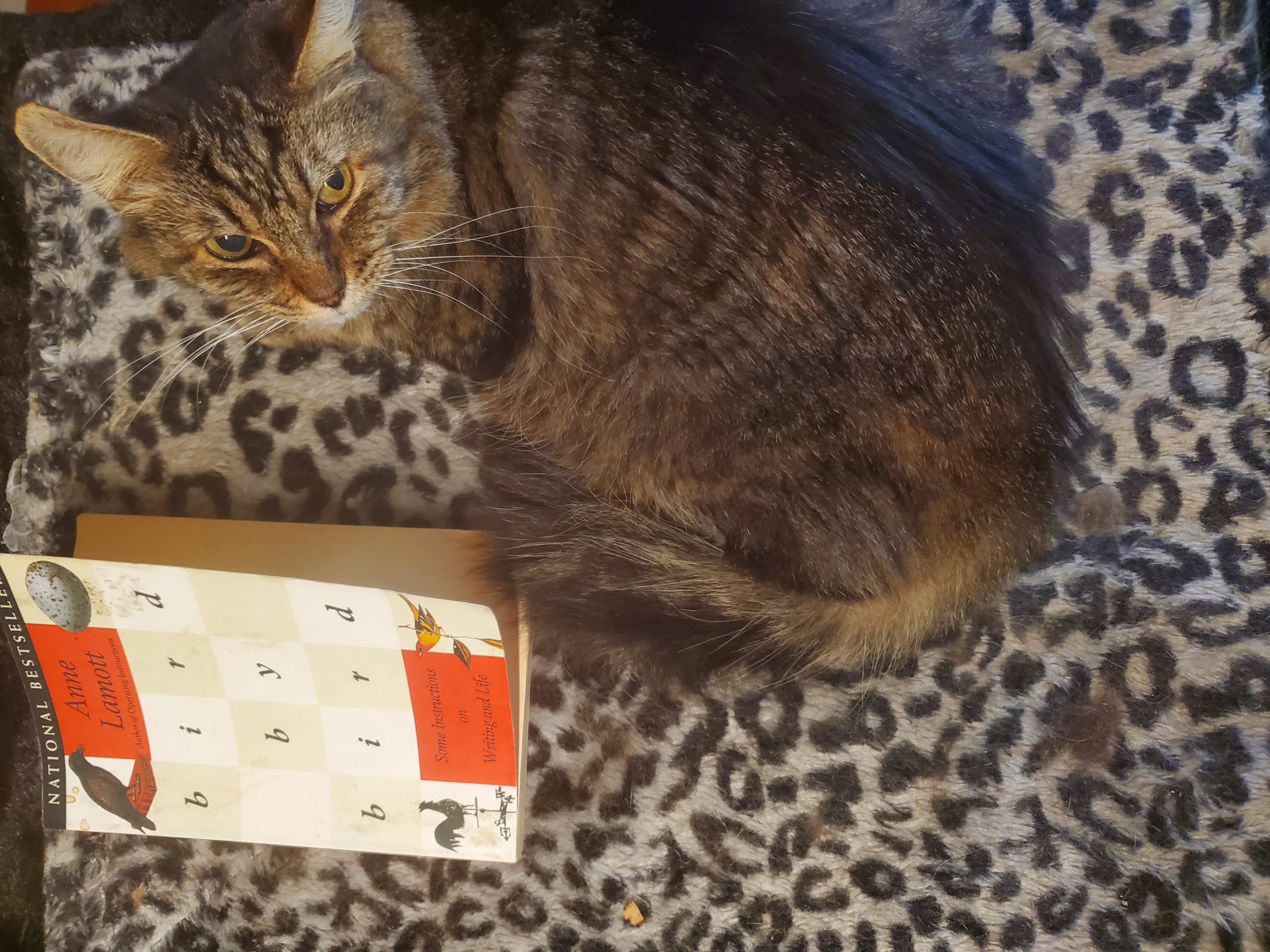
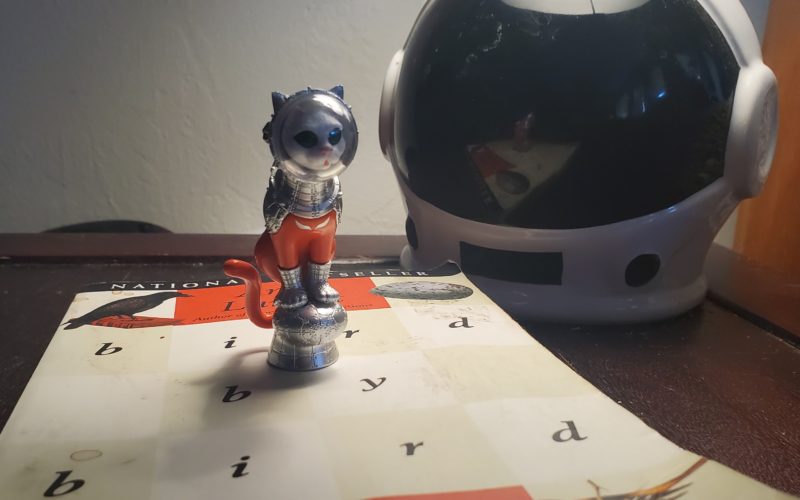
Let’s Not Get Sued (for Writing a Memoir)
Judith Barrington’s Writing the MemoirChapter 8, 9, & Appendix Subscribe to our Newsletter Writing (and publishing) a memoir can be nerve wracking. What if the people you’re writing about...